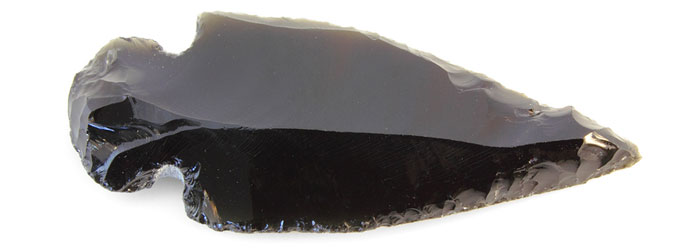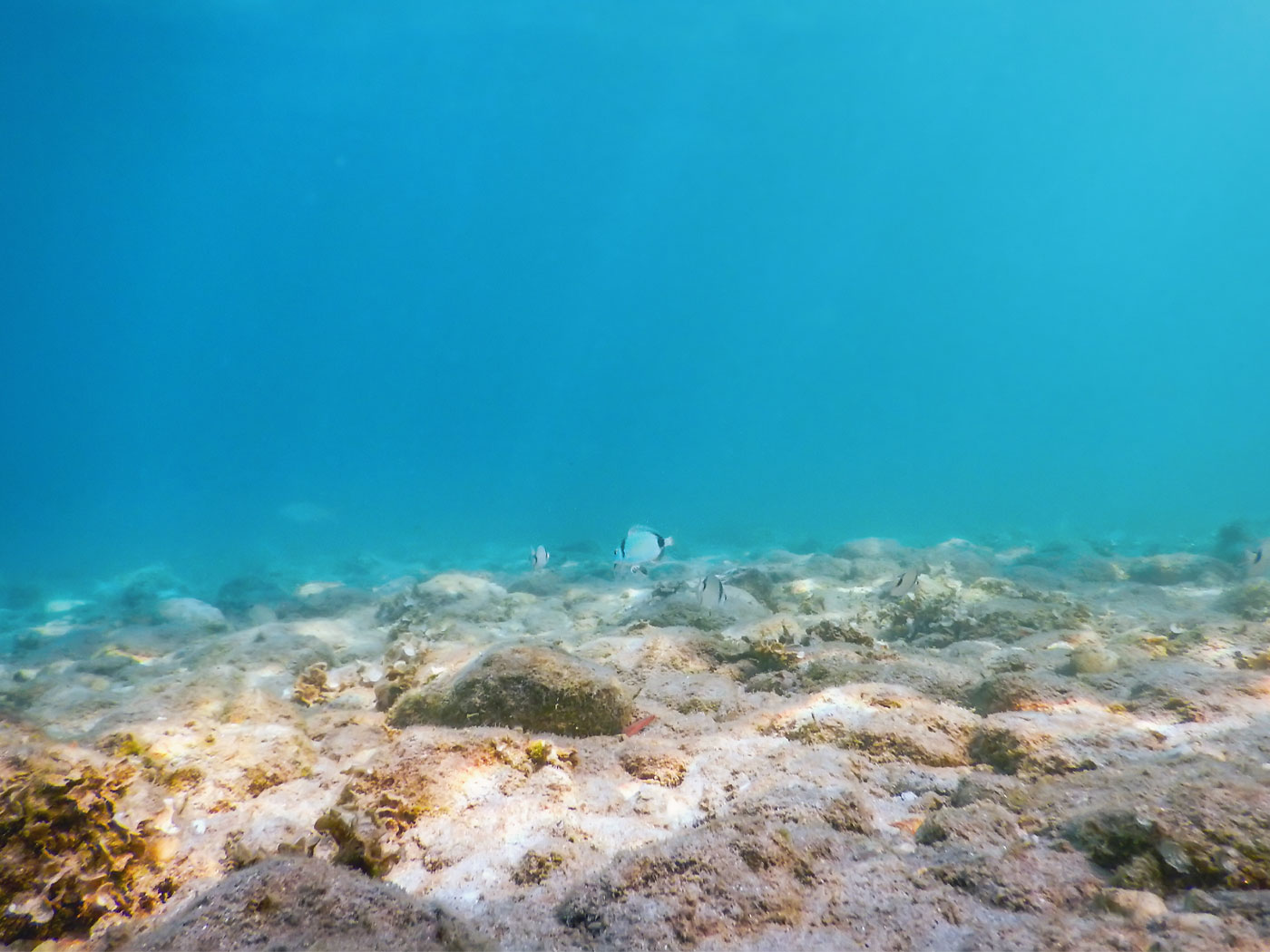Who wouldn't want to encourage a simple practice that can save almost a million lives and over 300 billion dollars per year in health costs?1 According to an article in medical journal The Lancet, breastfeeding provides so many dramatic advantages over other options that health experts are calling for its widespread practice. And those same experts are only beginning to uncover the ingenious ways that breastmilk works so well.
An international collection of biomedical researchers scoured 28 systematic reviews and meta-analyses to conclude, "Appropriate breastfeeding practices prevent child morbidity due to diarrhoea [sic], respiratory infections, and otitis media."2
The study authors enumerated a score of known and suspected breastfeeding benefits for both baby and mother. They include:
- Exclusively breastfed infants have only 12 percent of the risk of death than bottle-fed infants.
- Breastfeeding is associated with a 36 percent reduction of sudden infant deaths.
- It protects babies from diarrhea and respiratory infections.
- Breastfeeding is associated with a 68 percent reduction in malocclusions. (It helps babies' jaws to develop properly, causing their teeth to grow straighter.)
- It is associated with a 19 percent reduction in childhood leukemia.
- Perhaps most shockingly, breastfeeding mediates epigenetic imprinting "with potential lifelong effects for the infant," including health and intelligence.
- It increases intelligence by 3.4 IQ points on average.
- It can prevent breast cancer in mothers.
Increasing the number of breastfeeding mothers can prevent an estimated 823,000 child deaths per year and 20,000 breast cancer deaths per year worldwide in both poorer and wealthier countries.
The study authors wrote, "Possibly, no other health behaviour can affect such varied outcomes in the two individuals who are involved: the mother and the child."2 How does breastfeeding do all this? One strategy a mother's body uses involves managing the baby's gut bacteria, or microbiome. Mother's milk contains a wide variety of different sugars, and those sugars can change over time to meet the baby's needs. The baby can digest some sugars but not others. The digested sugars support the growth of specific types of gut bacteria, promoting overall health.
Incredibly, this precise feeding channel communicates information, biochemicals, and even whole cells—possibly including stem cells—directly to the nursing baby. Breast tissue selects gut-programmed cells from the mother's body, including "live maternal gut bacteria, T cells expressing gut-derived β7 integrins, and plasma cells producing immunoglobulin A specific for maternal gut bacteria into the colostrum and breastmilk."2 What ingenious protocols and multifaceted transports do all this? The Lancet study authors said it's "remarkable."2 They're absolutely right. It's way too remarkable for natural processes like organic evolution, but totally doable for an ingenious Creator. The researchers concluded,
Human breastmilk is therefore not only a perfectly adapted nutritional supply for the infant, but probably the most specific personalised medicine that he or she is likely to receive, given at a time when gene expression is being fine-tuned for life. This is an opportunity for health imprinting that should not be missed.2
But was the human breastfeeding system perfectly adapted, or perfectly designed? Darwinian origins invoking adaptability do not allow foresight, and this perfected nutritional and medicinal supply line could not possibly exist without extraordinary foresight—plus a meticulous knowledge of gut microbiome interactions, circulatory and immune systems, anatomical development, and epigenetic alterations of DNA expression patterns in a developing baby. No Darwinian story suffices to explain this personalized biological perfection between two separate people.
Since God created women to become married mothers, it stands to reason that He would have supplied them with perfected equipment—the same breastfeeding designs that could save over 840,000 lives per year.
References
- Increasing breastfeeding worldwide could prevent over 800000 child deaths and 20000 deaths from breast cancer every year. The Lancet, via EurekAlert. Posted on eurekalert.org January 28, 2016, accessed February 2, 2016.
- Victora, C. G., et al. 2016. Breastfeeding in the 21st century: epidemiology, mechanisms, and lifelong effect. The Lancet. 387 (10017): 475-490.
*Mr. Thomas is Science Writer at the Institute for Creation Research.
Article posted on February 17, 2016.























